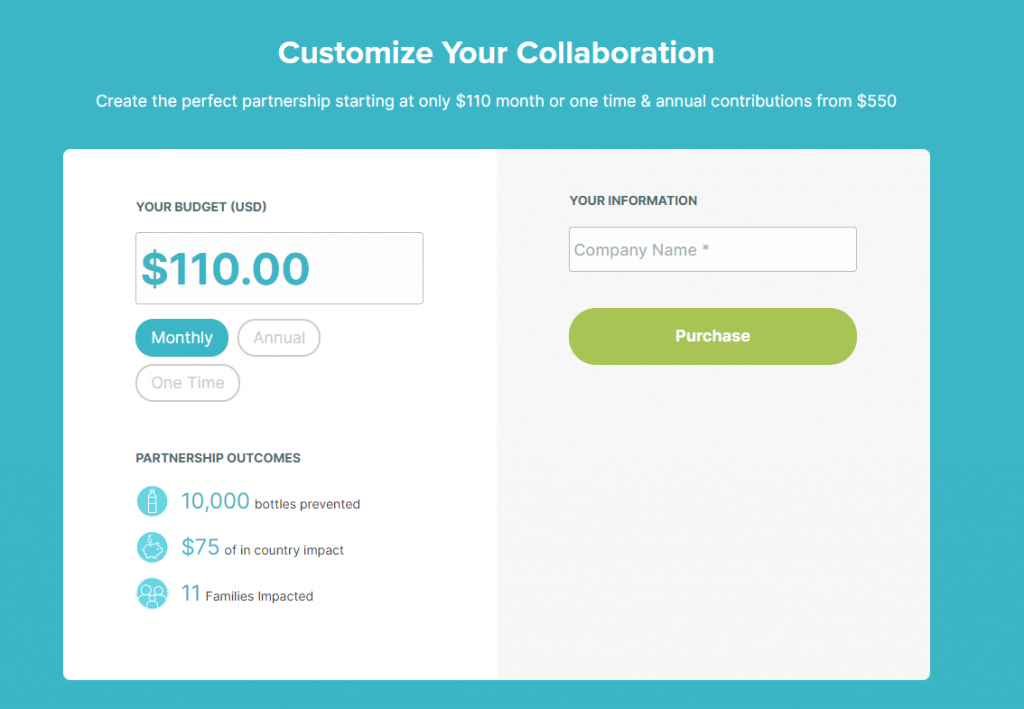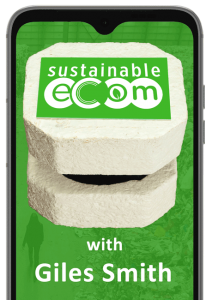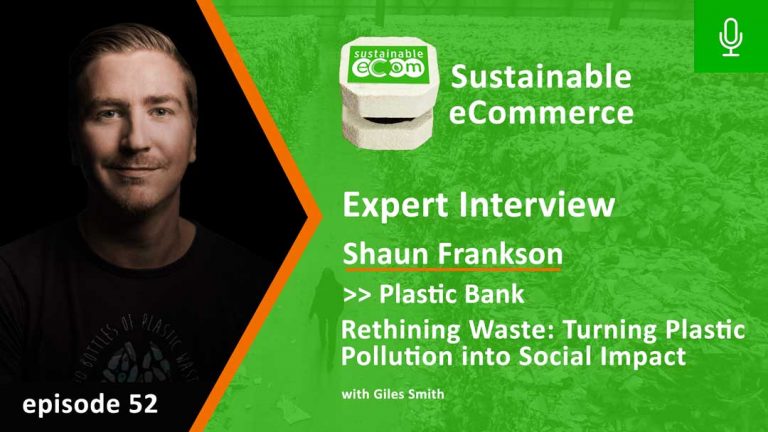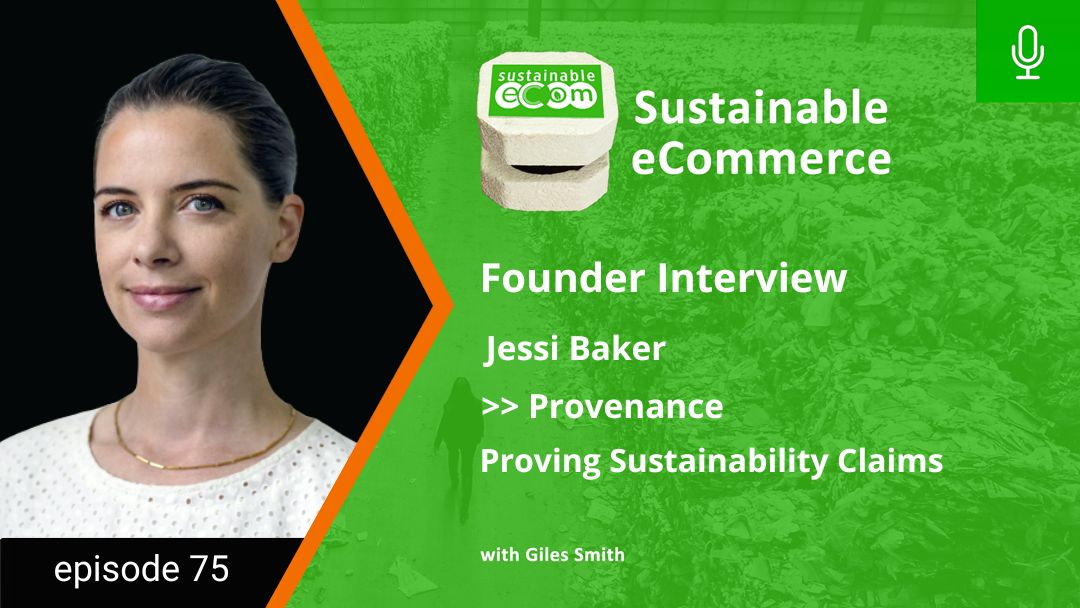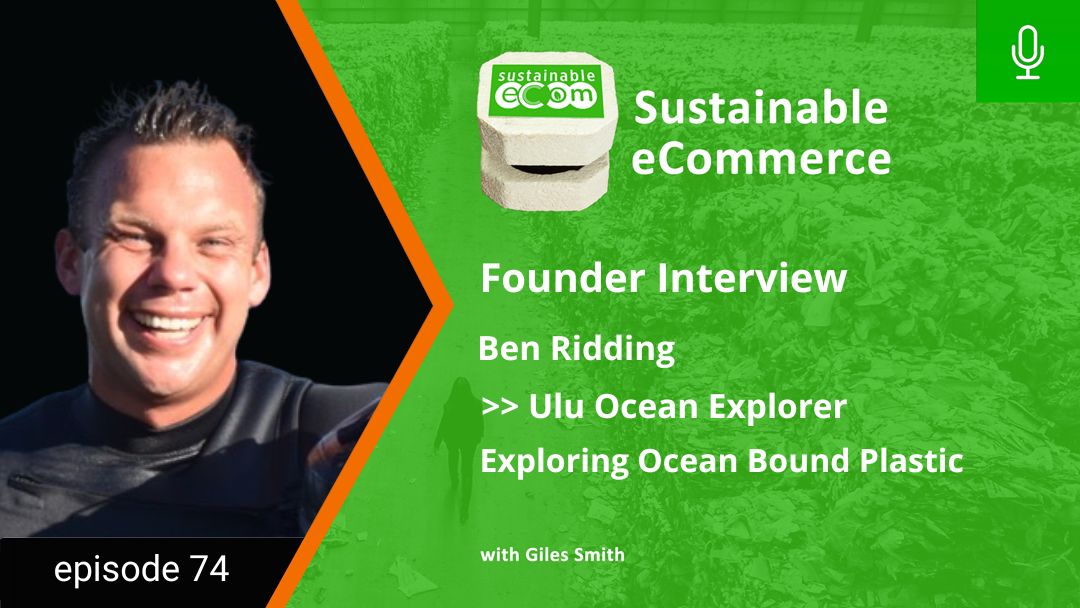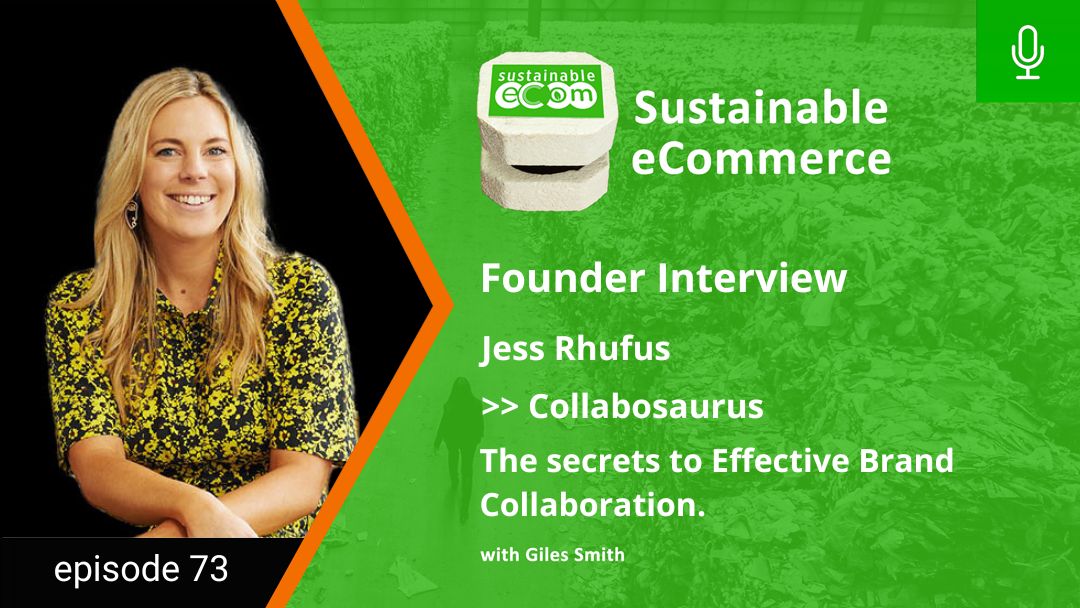EP52 - Sustainable Ecommerce Podcast
This week's episode is the first in our mini-series on rethinking waste.
Last week where we chatted with Mckenna Haz at Seaav, and we learned about some of their impact initiatives, specifically how they’ve partnered with Plastic Bank to help reduce plastic pollution entering the ocean.
My guest today is Shaun Frankson, co-Founder of Plastic Bank. They’re a Canadian technology company on a mission to stop plastic before it reaches the ocean. To date the partnerships they’ve enabled between brands and coastal communities have prevented almost 4 billion bottles worth of plastic from entering the ocean, 88 million KG. They’re not just collecting that plastic from shorelines and dumping into landfill though, they’re fundamentally rethinking waste as a resource and turning it back into recycled flake at scale.
While big brands can get involved and actually work with them to secure a predictable source of fully traceable averted plastic to help replace virgin plastics, any brand in any region can get involved, make an impact in the plastic pollution problem as well as huge social impact in the lives of families and communities most affected by the issue.
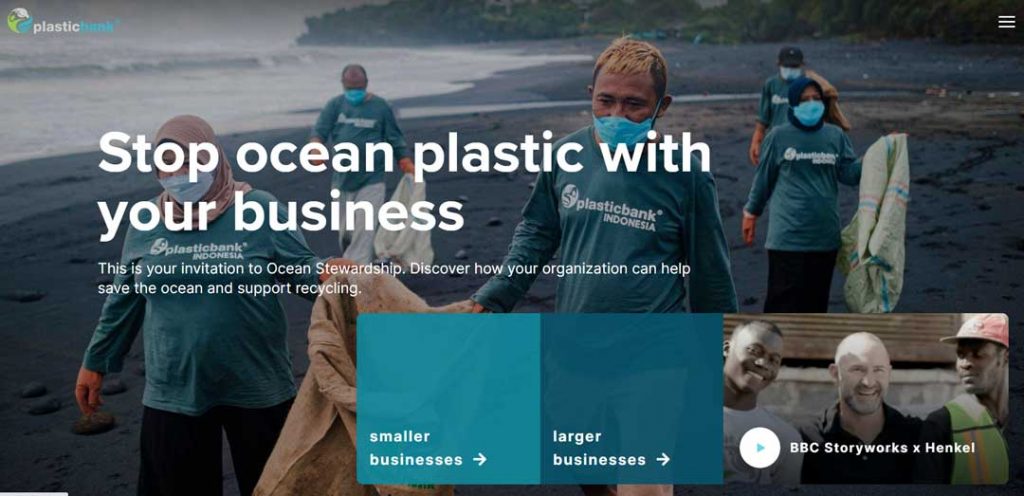
About Shaun Frankson
Shaun started out as a musician in a rock band, but after a near death car crash reinvented himself as a global technology strategist. Prior to plastic bank he worked with co-founder David Katz in another startup focused on GPS tracking technology, but when the pair realised high-value products could be created from ‘waste’ plastic, the idea for Plastic Bank was born. Since starting Plastic Bank, the pair have been awarded the Sustainia Community Award at COP21 and the United Nations Momentum for Change Award at COP23
What is Plastic Bank?
Plastic Bank’s mission is to stop plastic before it enters the oceans. Fundamentally they look at the plastic problem as a human problem, leveraging the entrepreneurialism of the gig economy to empower people in coastal communities to become resource collectors. They set up ethical, traceable collection communities in coastal areas, underpinned by technology that provides full end to end transparency about who is collecting, where it is collected from, and ensure it’s all done in a life improving way for the communities involved.
To do that, they’ve focused on changing the culture around scavenging to focus on resource collection, and enabling and empowering people to approach it with entrepreneurial pride because of the good it brings their community.
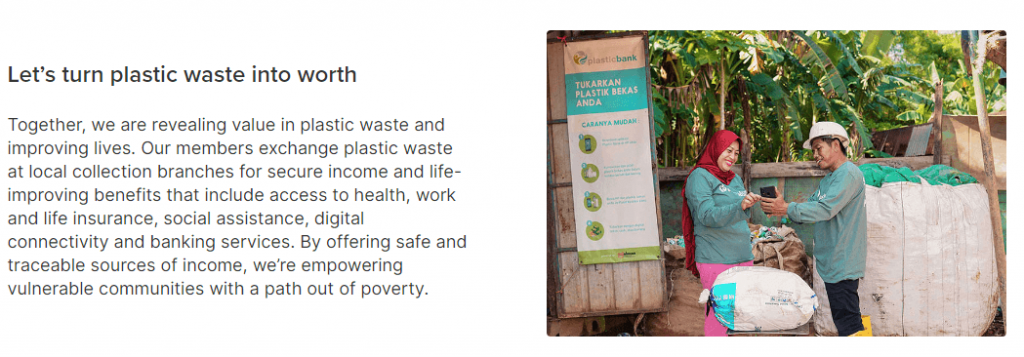
How does Plastic Bank enable social good?
Plastic Bank take considerable care to ensure that the people who join as collectors are carefully vetted to avoid child labour, and are given appropriate uniforms and safety gear to ensure that collection practices are safe.
All collectors are given mobile devices to track their plastic collection, and rewarded for what they collect with no skimming or fraud at the collection centres.
Brand partners contributions go in part to paying for the plastic, but in part also for the welfare of the collecting community, including things like school equipment and health insurance.
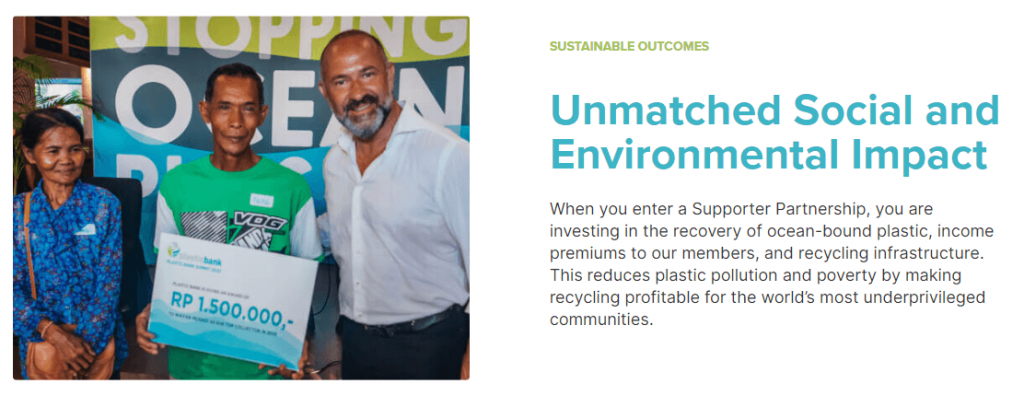
What are some of the key benefits a brand can experience in partnering with Plastic Bank
The most direct one for large businesses that use plastic in their packaging is that they can swap out from virgin plastic to social plastic, and put that logo on their bottles. Because it is completely traceable everyone can be 100% sure that it’s recycled and has been collected from the collector community.
In addition, becoming an official supporter means that brands can work towards being plastic-neutral in a similar way to being carbon neutral. The team at Plastic Bank help them work out their existing footprint of plastic, and then they can buy ‘offsets’ which directly sponsor the collection of plastic from coastal areas. The underlying blockchain technology again prevents that from being double credited, so that two brand can never claim credit over the same plastic.
Beyond that, one of the most inspiring things has been how the transparency provided by the system enables deep engagement within the brand’s teams, and an authentic sense of pride of the impact they have enabled. To support that the team have a product called storybook which the brand has access to which documents the exact impact and how communities have been benefitted by the brand’s contributions.

What geographic areas does Plastic Bank operate in?
For collections, they are current operating teams in Brazil, Egypt, Cameroon, Indonesia Philippines, and Thailand & they continue to look at regions heavily affected by coastal plastic to see where they can help the most.
In terms of regions that brands can participate from, that’s really global, and they already have customers across north America, Europe and Asia Pacific.
That said, the Social Plastic Feedstock program doesn’t always make sense geographically and economically from a scale point of view. If collection are happening in Thailand, it doesn’t make sense to ship that over to Germany as to be recycled, for example.
What type of brands do Plastic Bank work with?
Plastic Bank can basically work with any brand of any size, so long as they have an authentic desire to make an impact both on ocean plastic and the collector communities that form their network.
What next for Plastic Bank?
Plastic Bank are always looking for ways to increase their impact. They are actively working on improving the granularity of their service so that consumers any where around the world can participate.
Beyond that, their technology platform could be used to improve the transparency and traceability of any type of impact initiative, and they are preparing to be able to license their platform for other social and environment impact projects.
Top Takeouts
- As a small brand you can set up, in just a few clicks, what they call an official supporter collaboration. You can work on monthly, annual or even one time contributions, and donation amounts as small as $110 USD per month or $550 for annual and one time support. There’s a great little impact calculator on their site which you can find at https://plasticbank.com/supporter-partnership/, and so for the $110 minimum, you can help avert 10,000 bottles, and 11 families, all fully traceable through their alchemy system.
As a bigger brand you can partner with them to get a committed source of averted plastic, under their Social Plastic Feedstock programme, or get involved with their impact programmes and just like becoming carbon neutral, help move your brand towards being plastic neutral.
If that sounds like your track, you can arrange to talk to one of their partner experts, who’ll help you calculate your existing footprint and then work with you to design a programme that best meets your needs.
- No matter which track you take, everything is fully traceable using their underlying blockchain technology, which means you know exactly what your contribution achieved, who collected it, where it was collected from and where that plastic went. As Shaun pointed out, regulation around transparency of impact claims is coming, and apart from anything else, their tracking allows you to support active transparency communications you have in place.
